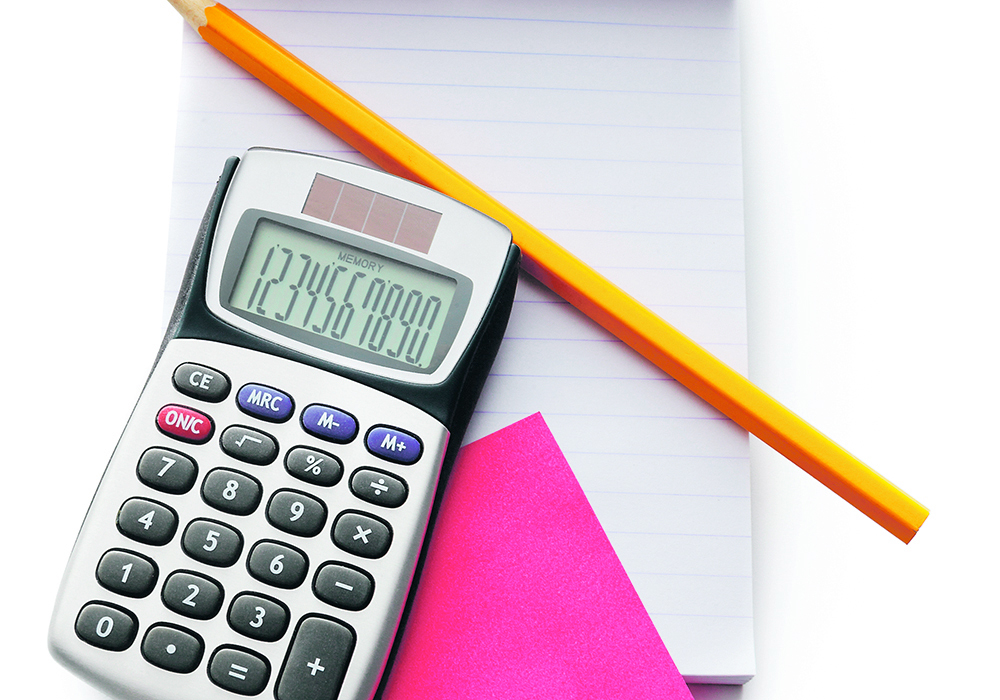Most people don’t want to pay the Canada Revenue Agency more than they absolutely have to.
CRA interest is a hidden charge that is often forgotten, but completely avoidable. The interest rate has been climbing, along with all other interest rates. It is now nine percent, and worse yet, CRA interest charges are not deductible when calculating taxable income.
The government would like consistent cash coming in, rather than everyone paying their taxes the following April. As a result, CRA has instalment requirements to pay throughout the year. If these instalments are not paid, and taxes are owing, CRA will charge instalment interest at nine percent. Of course, the nine percent interest rate is on an annual basis, and it is prorated for the number of days that your instalments were late.
Read Also

Invigor Gold variety viewed as threat to condiment mustard
Invigor Gold, the canola-quality mustard developed by BASF, is on a collision course with Canada’s condiment mustard industry. It’s difficult to see how the two can co-exist.
Fortunately, CRA sends tax instalment reminders. If you receive the reminder but don’t pay on time, CRA will charge instalment interest if taxes are owing when the tax return is filed.
If your chief source of income is farming personally (not in a corporation), only one instalment reminder is mailed out in November and the payment is due Dec. 31.
For everyone else, including incorporated farmers who take dividends or rental income from their corporation, instalments are due quarterly. CRA will send out two reminders a year. This requires a tax installment paid by March 15, June 15, Sept. 15 and Dec. 15.
If you have more than $1,000 of instalment interest owing, CRA charges an additional 25 percent interest penalty on what is owed.
If you haven’t paid your tax instalments, paying them now to stop the nine percent interest accruing further is a great idea. You can reduce interest and penalties by overpaying instalments or paying the next instalment early.
The remaining tax balance is due April 30. This is important for self-employed farmers. Even though you have until June 15 to file your personal taxes, CRA will start charging interest on the balance owing as of April 30. Making an estimated tax payment to CRA in advance of April 30 will help avoid this.
Tax instalment requirements are based on last year’s taxes. If your taxes owing in 2022 or 2021 were less than $3,000, you don’t have to pay tax instalments for the current tax year. If you have less than $3,000 owing this year, you aren’t required to pay tax instalments either.
CRA only charges instalment interest to the extent that you have taxes owing. If your income declines significantly, you must only pay instalments to cover your taxes owing.
If you have a significant tax bill one year, CRA assumes that your next year will be identical and bases its instalment requirements on last year’s taxes owing. If your income fluctuates or changes sources, such as switching from dividends to employment income, please check with your accountant if you need to pay your full instalment requirements. This is especially important for people who have triggered large gains on sales of land or investments.
Unfortunately, CRA does not mail out tax instalment reminders to corporations. However, this doesn’t mean it doesn’t charge instalment interest. On the contrary, CRA require tax instalments based on last year’s taxes and assumes you will calculate and pay it yourself.
The tax instalment schedule for the next year should be on a form that your accountant calculates when filing the previous year’s tax return.
Most corporations must pay tax instalments monthly. Small corporations with active income and a perfect compliance history qualify for quarterly tax instalments.
If you miss paying tax instalments, you can reduce interest and penalties by overpaying instalments or paying the next instalment early.
Because a farming corporation’s taxable income can fluctuate wildly, it is important to plan your target taxable income for the next year with your accountant. If it is higher than last year, you will have to pay your full monthly or quarterly instalments.
If you have a lot of taxable income one year and anticipate less next year, you could reduce your instalment payments accordingly. However, CRA will charge you interest if your estimates turn out to be wrong and you have more taxable income.
Even though corporations have six months after their tax year-end to file, the taxes owing in excess of instalments paid are generally due two months after the corporation’s year-end.
Corporations with less than $500,000 of taxable income in their associated group in the previous tax year have three months to pay, assuming they are claiming the small business deduction.
Corporations with only passive income such as rent have two months after year-end to pay before CRA starts charging interest.
Once your instalments are paid for the year, we recommend continuing to pay your quarterly or monthly tax instalments into the next year unless your taxable income declines.
We recommend checking with your accountant on your instalment and CRA tax payment requirements to make sure your taxes are paid on time.
Levi Derksen, CPA, CGA, is a senior manager in the Ag Team at Buckberger Baerg & Partners LLP in Saskatoon.















